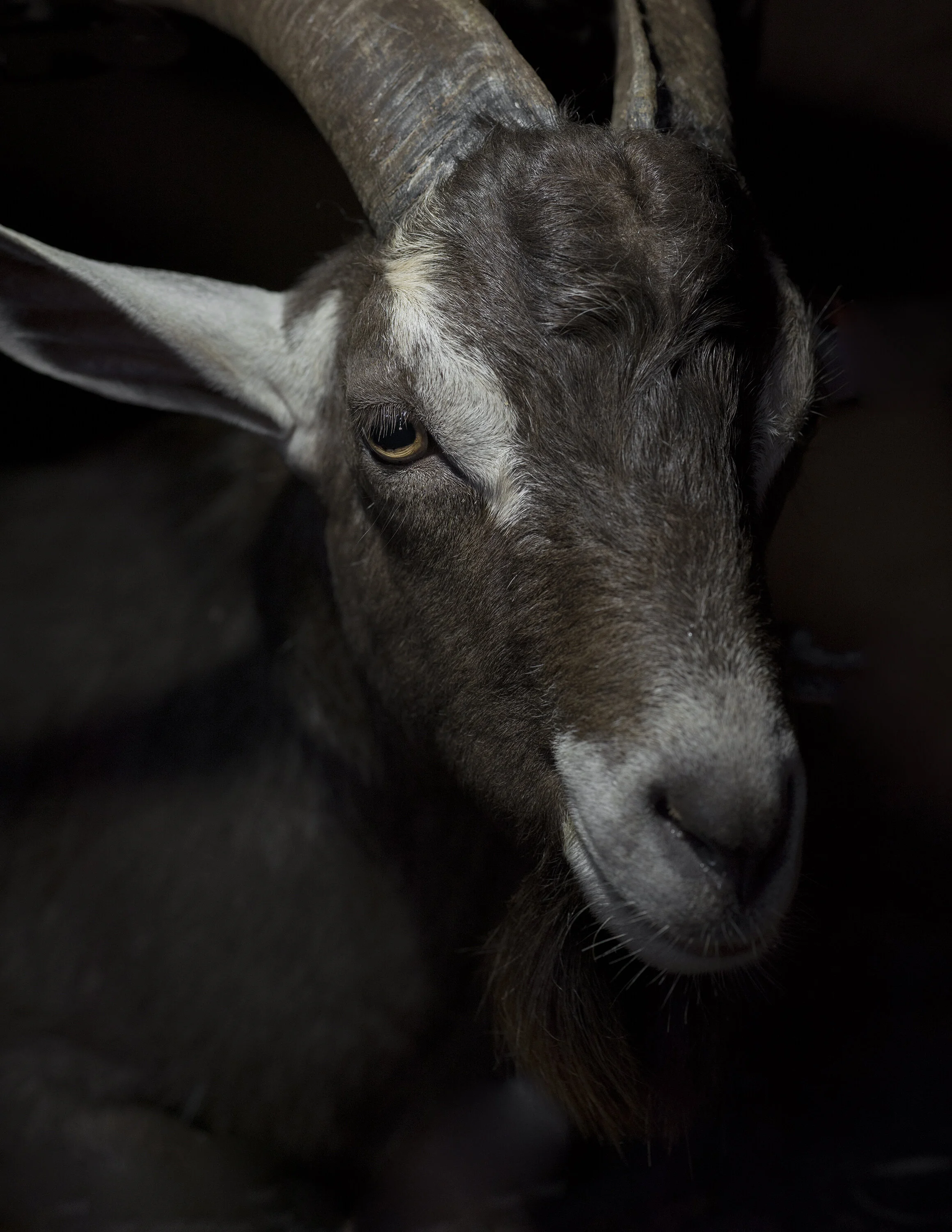Ancestors
A goat is a headstrong animal. Even in harsh conditions in arid landscapes, goats manage to survive without too much effort for the owner. That makes a goat a useful asset, an insurance for difficult times. Such an animal with a strong will of its own can also be difficult: for example, if the owner wants to get her goat in front of a screen, for a photo.
Commissioned by the British aid organization Farm Africa, photographer Chris de Bode traveled to two remote regions: the southern Omo Valley in Ethiopia and the Karamoja region in northern Uganda. Shepherd peoples live there who live largely in the traditional way. These migrate in groups with their herds, but extreme droughts, diseases and degradation of the grasslands make their survival increasingly shaky. Thousands of women in the two areas have formed mutual aid associations, such as small credit funds. And this is where the goats of this story turn up: members of the women's groups can each have two goats from Farm Africa, provided they also donate two little goats to the next member when their goats give birth. In each women's group, one member provides a goat for breeding. These are of high-quality varieties: the South African Boer bucks (with dangles) and the Swiss Togenburger bucks, such as Lomugel (first from the left) that hit De Bode in Karamoja. The top right portrait shows a descendant of one of the goats. Crossing with the top bucks should ensure that the local goats give more milk. The goat breeds in the Omo Valley and in Karamoja are tough, but give little milk. They are mainly kept for meat. Goat milk will improve the nutrition of the women and their children. Farm Africa tries in this way to match the wishes and possibilities of the women: goats have traditionally been a women's business with these shepherds.
text: © Wim Bossema/deVolkskrant








